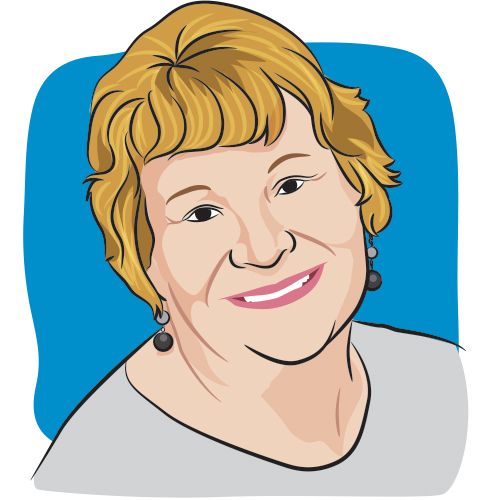Article
The LGBT Community's Disproportionate Cancer Burden
Author(s):
The LGBT community is faced with a disproportionate cancer burden that needs to be addressed.
We do not know nearly enough about cancer in the LGBT community and we need to. None of the large national cancer registries and surveys of cancer incidence collect data about sexual orientation or gender identity, leaving lesbian, gay, bisexual and transgender cancer survivors embedded and invisible among the vast wealth of information these surveys provide to other groups. Other ethnic, geographic, and racial populations are able to use the data gleaned from these statistics to develop prevention and treatment programs dedicated to eroding the health disparities they face; they know precisely how prevalent cancer is in their communities. Lesbian, gay, bisexual and transgender people do not.
However, there is reason to believe that LGBT people are carrying a disproportionate cancer burden. There is adequate research to confirm that lesbian, gay, bisexual and transgender people have a unique “cluster of risk factors” that would lead us to have both greater cancer incidence and later-stage diagnosis. We estimate that there are over 1 million LGBT cancer survivors in the country today. This disproportionate burden of disease is referred to as “health disparities”.
Health disparities in the LGBT community are caused by multiple factors. There are no biological or physiological differences between LGBT people and our heterosexual counterparts. Rather, the disparities are caused by a combination of social/economic factors and behaviors, many of which can be traced to the stress of living as a sexual/gender minority in this country.
For example, a study of health disparities in a statewide population of lesbian, gay, and bisexual women found that lesbian and bisexual women were more likely than heterosexual women to have poor physical and mental health, asthma, and diabetes, to be overweight, to smoke, and to drink excess alcohol. These women could be expected to be at especially greater risk for breast cancer, as well as other cancers that have been linked to smoking, obesity, and alcohol abuse.
Unfortunately, the existence of health disparities in the LGBT population does not stop with cancer diagnoses. For the 1 million LGBT cancer survivors in the country today, the impact of disease and treatment on quality of life is significantly different from that of our heterosexual counterparts in the areas of sexuality, social relationships, and dealings with the medical community.
For instance, changes in sexual functioning — one of the most ubiquitous life-altering, adverse effects of prostate cancer treatment –impact gay and heterosexual men very differently. Yet too few health care providers ask about their patients’ sexual practices or know the answers when asked about the effect of prostate cancer on gay men’s sexuality or where we can receive culturally competent support on issues of sex, intimacy and our relationships.





